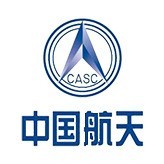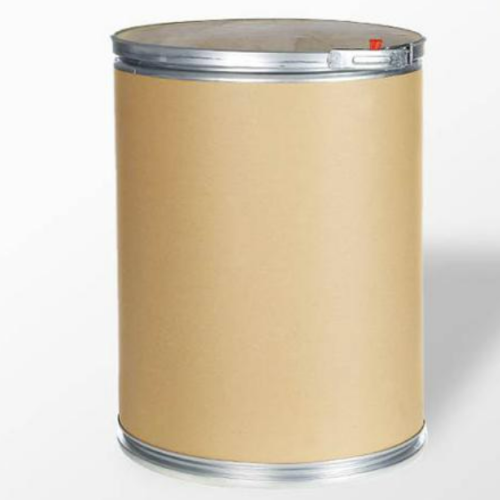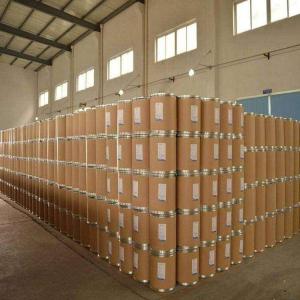vitamin B2
Synonymous:Riboflavin
C A S :83-88-5
Executive standard:GB/T18632-2010
Molecular formula:C17H20N4O6
Molecular weight:376.36
Appearance:
This product is orange yellow crystalline powder; Slightly smelly, slightly bitter; The solution is easy to deteriorate. It deteriorates faster in alkaline solution or in light.
Solubility:
This product is almost insoluble in water and chloroform; Dissolve in dilute sodium hydroxide solution.
Directions: nutritional supplements.
Usage method:
· Addition amount (mg / kg)
· Wheat flour 0.2mg/100g: dairy products (modified milk powder) 0.9 ~ 0.95mg/100g; soy sauce 25 ~ 40mg / L, which is also used for rice, bread, biscuits, chocolate, sauce, etc. sometimes used as pigment.
· Prepared milk powder (for children) 8-14; prepared milk powder (for pregnant women) 4-22
· Soybean flour and soybean milk powder 6-15; Soybean milk 1-3; Milk beverage 1-2; Solid drinks 9-22
· Gum based candy 16-33; Western style pastry 3.3-7.0; Biscuits 3.3-7.0
· Rice and its products; Wheat flour and its products; Coarse grain flour and its products 3-5
· Dried vegetables (dehydrated potatoes) 0.3
·Instant rice flour products, solid compound seasoning 0.05
Riboflavin is mainly used as medicine, food additive and feed additive. In medicine, riboflavin is used as compound vitamin or vitamin B2 preparation, and as yellow colorant of sugar coated tablets and capsules. When it is used as food additive, it can strengthen nutrition on the one hand, and it can also be used as yellow colorant on the other hand.
IUPAC
7,8-dimethyl-10-[(2S,3S,4R)-2,3,4,5-tetrahydroxypentyl]benzo[g]pteridine-2,4-dione
SMILES
CC1=CC2=C(C=C1C)N(C3=NC(=O)NC(=O)C3=N2)CC(C(C(CO)O)O)O






















